 Star Trek: The Next Generation Season 3
Star Trek: The Next Generation Season 3
Release Date: April 30, 2013
Blu-Ray Disc • 6 Discs
CBS Home Entertainment
![]()
![]()
![]()
![]()
![]()
Star Trek: The Next Generation‘s third season is widely regarded by critics and fans alike as the show’s finest year and a definitive turning point when TNG became the “well-oiled machine” it would be for the remainder of its time on air. Season 3 seems to possess a maturity which was lacking from large parts of the first two seasons. High concept science-fiction stories are told with a fresh boldness which makes the show feel all the more confident and groundbreaking in its presentation. Indeed, it’s somewhat difficult to point the finger at “bad” episodes this season – looking through the list, I can label a mere few as “average”, with the vast majority falling under the “very good” to “excellent” category.
Head writer Maurice Hurley’s departure coincides with the return of Gates McFadden to the role of Dr. Beverly Crusher, reuniting the original Next Gen family of characters in their familiar roles that are to last through the remainder of the show’s run. Hurley’s departure also allows for the appointment of Michael Piller to the writing room, an event which triggers the introduction of a variety of familiar Trek alumni including writers Ronald D. Moore, Ira Steven Behr and René Echevarria. Couple all this with the introduction of Marvin Rush as the show’s cinematographer (who arrives with his trademark vibrant, bright color scheme) along with newly redesigned uniforms, phasers and a fresh main title sequence and all the pieces are in place for TNG‘s most standout and memorable season.
Remastering Quality
Season Three fell under the careful purview of visual effects house CBS Digital who were tasked with the unenviable challenge of remastering all twenty-six episodes into full high-definition, returning to the original 35mm negatives of the show and editing the episodes together as they were originally presented back in the late 1980s. When TrekCore spoke to CBS Digital last year, we discussed the increase in complexity which Season Three brings to the remastering process. As Lead Compositor Eric Bruno described,
While Season 3 may have a smaller number of visual effects shots compared to Season 1, the complexity is such that it’s taking us more time to finish them because they were top of their game back then.
Looking at the finished product, it is clear that CBS Digital’s diligence has thoroughly paid off. After the somewhat uneven remastering of Season Two by the external company HTV-Illuminate, it’s a joy to see TNG Remastered back in the hands of CBS Digital and sparkling as if it were filmed yesterday. As I’ve often stated, it’s very easy to become immersed in the new HD transfer to such an extent that you forget the mind-blowing amount of work that’s gone on behind-the-scenes to make this Blu-ray set possible. With the sterling talents of film-hunter extraordinaire Sarah Paul, the team have manage to track down every last second of film from the live-action footage to be freshly transferred into high-definition (including the previously lost 13 seconds from “Sins of the Father“).
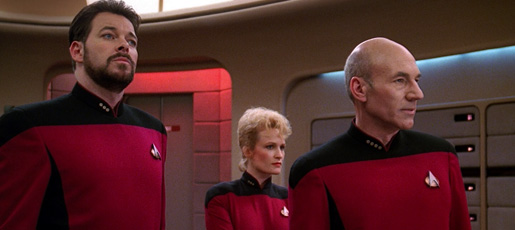
A sharp, vivid and glorious image is standard for the new TNG Season 3 Blu-rays
So what’s our verdict on the look of an HD Season 3? With another change in film-stock coupled with the appointment of Marvin Rush to the job of Director of Photography, the vividness of Season 3 jumps off the screen at you. Bonus Feature produce Robert Meyer Burnett said it best when he described how “season 3 is so astonishing, it’s like candy – I wish I could lick my computer screen […] as tasty as these episodes look!” The use of color in Next Gen has always been muted through the limitations of how the show was presented in standard definition. Through a fresh scan of the negative and color correction via the original color calibration chart, we are finally able to see the show as it was originally shot.
Costume Designer Robert Blackman’s creations are wonderful to behold in HD as we are exposed to a level of intricacy previously unimaginable in the different fabrics and materials used in costumes. Whether it’s the colorful ragged fabric used for the Mintakans or the sumptuous material used in the formal dress of Sarek’s Vulcan delegation, there is so much detail here that I’m constantly finding myself in awe of not only the restoration, but also the quality of craftsmanship that went into creating these costumes over twenty years ago.
Yet again, some of the episodes demonstrating the biggest jump in quality are those that were shot in dark, shadowy environments. “The Enemy” is a fantastically well-written episode which takes place on the barely habitable dark, murky and storm-ridden planet of Galorndon Core. Scenes on the planet surface have always fared badly due to the restrictions of standard definition creating a blurred and murky presentation which doesn’t even begin to do justice to the wonderfully designed “planet hell” set. Remastered in high definition, I’m simply stunned at the leap in quality – the natural film grain, improved contrast and HD resolution all lend a haunting realism to the episode which makes it far more enjoyable and captivating to watch.
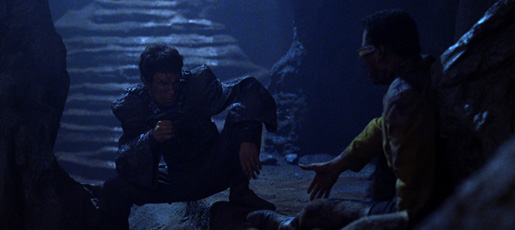
Dark and moody episodes such as “The Enemy” take on a whole new realism in HD
On the other side of the coin, episodes with scenes shot on location under natural light also boast a noticeable improvement in quality. “Who Watches the Watchers” used the familiar Vasquez Rocks area to act as the Mintakan homeworld. The SD transfer of the scenes shot at Vasquez Rocks screams “eighties” at the viewer, with a blurred unnatural colored image which reduces the realism of the scenes by orders of magnitude when compared to the newly restored HD transfer. The natural blue of the skies along with the subtle sandy colors of the rock formations and desert scrub bring the picture alive in high definition. It’s a total thrill to see, and yet another example why it is impossible to return to standard definition after you’ve witnessed TNG in HD.
Visual Effects is where the lion’s share of the workload for CBS Digital comes into play. As the bulk of visual effects were originally created at videotape SD resolution – planets, transporter effects and the like – had to be recreated from scratch. I would argue that not only have CBS Digital matched their stunning work from Season One’s restoration, but I’d say that in parts they’ve actually exceeded it in quality. Planet creator extraordinaire Max Gabl really hits the ball out of the park this season with his most jaw-dropping work yet. Those of you who loved Max’s planets from Season One will most certainly not be disappointed. He tackles the likes of Vulcan (“Sarek“) and Betazed (“Menage a Troi“) with the skill of a true artist. The addition of city lights to Vulcan is a stroke of genius and adds a dimension of realism that I never thought would be seen in Next Gen. When you make side-by-side comparisons of the same planet rendered by HTV-Illuminate in Season Two and CBS Digital in Season Three, the differences are like night and day. I truly hope that CBS will make every effort to ensure Max is allowed to work on the remaining episodes to maintain consistency and high quality.
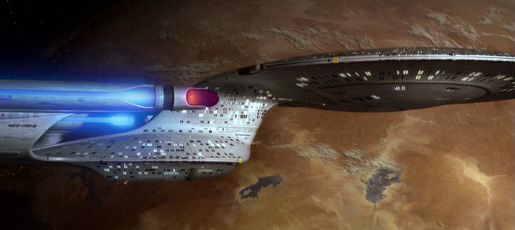
The Enterprise orbits Max Gabl’s new render of Vulcan in “Sarek“
The same must also be said for the work of Lead Compositor Eric Bruno and his colleagues who have yet again gone beyond the call of duty and delivered the “extra love” that fans received with such adulation in Season One. Seeing the Enterprise orbit each planet-of-the-week is a joy to behold, as Eric and the team go to such lengths to thoroughly integrate the footage of the model into each specific shot, incorporating gorgeous shadowing and splashes of color which all serves to add a palpable sense of realism. There are so many beautiful shots of the Enterprise in this season, from the approach to the red giant in the season opener “Evolution” to the Bre’el IV atmospheric descent in “Déjà Q” to the stunning underpass flyby approach to the Lonka Cluster Pulsar in “Allegiance” – each shot is handled with such care and attention that you will find yourself hitting the rewind button just to experience the awe again and again.
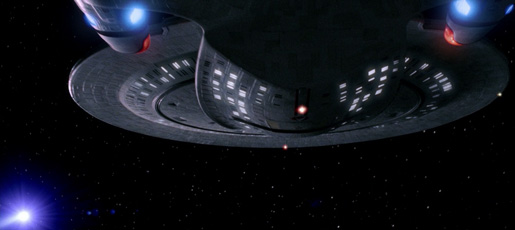
The Enterprise approaches the Lonka Cluster in “Allegiance“
One of the more shocking shots I discovered going through the season was a curiosity from “The Enemy” in which the Enterprise launches a standard probe. The original shot was done back in the 1980s using a matte-painting which was sadly lost over time. The shot was recreated by HTV-Illuminate using CGI for the second season episode “Where Silence Has Lease“. In my review of Season Two I took issue with the plastic, flat appearance of the recreation which felt lifeless and didn’t use any film grain to match the live action footage. For the same probe launch in Season Three, CBS Digital have recreated the shot from scratch and the result is breathtaking. You can be the judge, but everything from a natural level of applied grain to the clever use of reflection from the probe’s exhaust on the underside of the saucer section puts CBS-D’s version in a totally different league.
I find it very difficult to find fault with the restoration work on display this season. While CBS Digital are by no means infallible (eagle-eyed fans are bound to spot the odd mistake along the way), they come perilously close to perfection with stunningly recreated visual effects which are faithful to the original artistic intentions but at the same time vastly improved in quality, realism and resolution.
Bonus Material
I’ve often raved about the awesome new VAM (“Value Added Material”) being produced by Robert Meyer Burnett and Roger Lay, Jr for Star Trek: The Next Generation (and now Enterprise) – this release is going to be no exception. When Rob and Roger were first putting together the content for Season Three, I was told to expect something a little different from the first two seasons. Rob described Season Three’s bonus content to me as “The Writers’ VAM”, a thoughtful homage and retrospective look at the creative struggles behind-the-scenes of one of Star Trek‘s most celebrated seasons. My curiosity was certainly piqued, and I’m more than delighted at the end-result.
“Resistance is Futile: Assimilating the Next Generation” chronicles the huge internal struggles which went on behind-the-scenes during the writing and production of Season 3. The documentary is split up into three thirty-minute parts, “Biological Distinctiveness”, “Technological Distinctiveness” and “The Collective”.
-
- “Biological Distinctiveness” is, in essence, a thoughtful look-back at the careers of three of TNG’s most gifted writers: Ronald D. Moore, René Echevarria and Ira Steven Behr. The team discuss the challenges of dealing with Rick Berman and Michael Piller’s style of management which offers up some revealing insights into the working relationships between these iconic figures. Moore’s recollection of meeting Patrick Stewart and being told the captain doesn’t do nearly enough “screwing and shooting” is hilarious, as is Ira’s memories of an infamous memo sent to the entire writing staff by Michael Piller which almost started a mutiny.
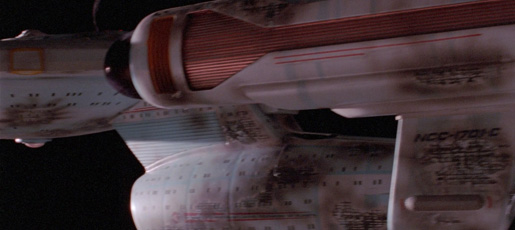
Some of the beautiful VFX passes included in the documentaries showing the intricate model work on the Enterprise-C
-
- “Technological Distinctiveness” is by far my favorite part of the documentary. After the largely expository initial part, this segment allows us to delve into some wonderfully meaty stories hitherto untold by people connected to the franchise. Ira Steven Behr takes center stage and dominates the half-hour with incredible stories about the inspiration behind “Yesterday’s Enterprise“, the war of words he had with Rick Berman over allowing the word ‘Spock’ to make it into “Sarek” and the thrilling original concept he pitched for the episode “Captain’s Holiday” and the wall of disapproval he came up against from Gene Roddenberry and Patrick Stewart. It’s a bold move to focus such a large chunk of the documentary on one man’s stories, but I applaud Robert and Roger for taking the risk. Ira is such an engaging speaker with amazing memories to share, and I loved every second of listening to him.
-
- “The Collective” moves away from the writers and on to the principal cast. The actors reflect on their memories during the third season and give us some nice insight into how playing these iconic characters has changed their lives. Gates McFadden’s story about coming back to the show to play Dr. Crusher was especially interesting as she reveals the struggles she had getting back into the role. There’s a lot of great little nuggets crammed into this part, including a hilarious sequence of outtakes featuring Michael Dorn screwups (just what the hell is a sugar lift? I still don’t know!), flashbacks from Jonathan Frakes about going to “Paramount University” and Denise Crosby recalling her return to the show in “Yesterday’s Enterprise“.

Season Three costume tests with Brent Spiner sporting a prototype command uniform
“Inside the Writers’ Room”: This revealing 70-minute special is the cherry on the VAM cake for Season Three. Four of the most iconic faces from the original writing staff are reunited in a wonderfully humorous yet revealing look back at Star Trek: The Next Generation. Brannon Braga, Ronald D. Moore, Naren Shankar and René Echevarria are joined by Seth MacFarlane to delve into some of the creative choices responsible for the best and worst of Star Trek. The chemistry between these guys pours off the screen, and it’s a delight to watch them reunited as they collectively reminisce about working on Star Trek. Seth MacFarlane really knows his stuff, and comes prepared with pages and pages of notes. He’s the perfect foil for some of the bigger egos in the room, and manages to keep these guys under control while at the same time pushing them to reveal some hilarious stories. The piece is over-flowing with great one-liners: “Tech the tech otherwise the tech will overload” and “Three words that don’t belong together “Geordi romance mystery.”” to name but two. Ever wanted to hear Brannon and Ron grilled for the terrible “the dog did it” episode, “Aquiel“? This is your chance! I loved every minute of the piece and wouldn’t hesitate to rank it up there with Season Two’s Cast Reunion. It’s THAT good!
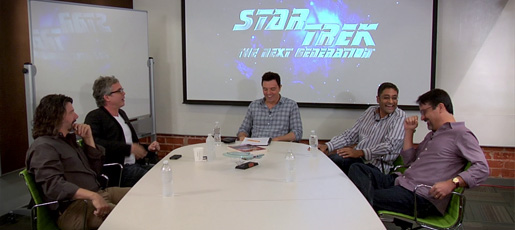
TNG writers reunite with Seth MacFarlane hosting “Inside the Writers’ Room”
A Tribute to Michael Piller: Executive Producer of Star Trek: The Next Generation during its third season, Michael Piller died in 2005 leaving a big hole in so many lives that he touched. This thoughtful 15-minute tribute gives an honest yet sincere portrayal of Piller. It’s touching to hear from his widow Sandra and his son Shawn, but perhaps the most emotional tribute comes from Ira Steven Behr. It certainly had me choking up towards the end.
David Rappaport Original Footage: As I described in our previous article, the role of Kivas Fajo in “The Most Toys” was recast after actor David Rappaport attempted suicide half way through filming the episode and succeeded in a second attempt some time later. The original footage of Rappaport’s scenes has been restored and is shown here for the first time. It’s a fascinating watch as Rappaport lends a very different quality to Fajo than we see from actor Saul Rubinek. He has a menace about him that is absent from Rubinek’s less sinister version.
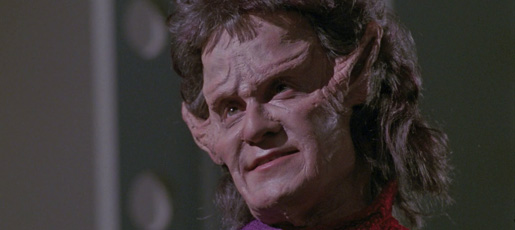
David Rappaport as the original Kivas Fajo featured in specially restored footage from “The Most Toys”
Gag Reel: More on-set frivolities from the cast. With the remastering team now seeking out bloopers and outtakes from the original 35mm camera negative, these special gag reels have become a regular feature on the Blu-ray season sets (I understand Season Four will also have one). This is just under nine-minutes of hilarity that will have you in tears of laughter by the end!
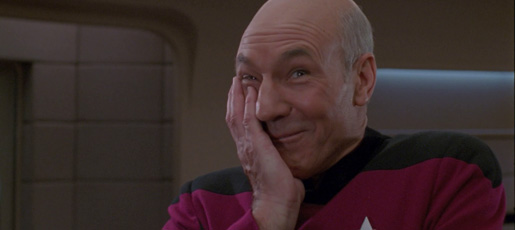
Patrick Stewart can’t hold it together any more on the new TNG Season Three Blu-ray Gag Reel
Audio Commentaries: The set contains a total of five audio commentaries, four of which have been newly recorded especially for this set.
- 3×05 “The Bonding” with Ron Moore and Mike & Denise Okuda – NEW
- 3×15 “Yesterday’s Enterprise” with David Carson
- 3×15 “Yesterday’s Enterprise” with Ron Moore, Ira Steven Behr and Mike & Denise Okuda – NEW
- 3×16 “The Offspring” with René Echevarria and Mike & Denise Okuda – NEW
- 3×17 “Sins of the Father” with Ron Moore and Mike & Denise Okuda – NEW
Along with the original bonus features from the DVD release of the show, this wraps what proves to be another stellar collection of thoughtfully created VAM for Star Trek: The Next Generation. The bonus material has certainly got a different feel to it this time round. Robert Meyer Burnett’s label of “The Writers’ VAM” is wholly accurate and lends a degree of focus to the documentary which allows for a far more detailed and revealing look than would have been possible had there been a broader range of topics covered. Rob and Roger have taken a unique approach this season, and it’s paid off well. I look forward to Season Four with great anticipation.
One final VAM point: It’s such a thrill to see the inclusion of so many iconic visual FX sequences broken down into the individual passes which come together to form the finished shots. It’s difficult to judge where these should be included in the VAM for the biggest impact, but I’m thrilled to see so many of them in Season Three. Sequences for “Yesterday’s Enterprise” and “Tin Man” are a real treat to see, if just for the fact that we get to look at how the original models were filmed back in the day. More of these on future seasons, please!
The Bottom Line? It’s a no-brainer. Couple CBS Digital’s stunning restoration of Season Three with some of the best episodes Star Trek: The Next Generation has to offer and a boatload of thoughtfully produced new VAM and you have a sure-fire winner. This set deserves to be supported and picked up by every fan. A phenomenal release!
– Written for TrekCore.com by Adam Walker, April 20, 2013
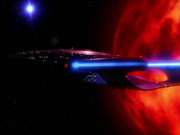 |
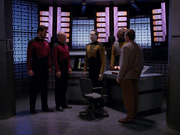 |
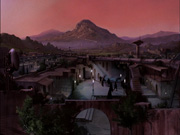 |
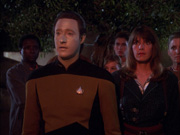 |
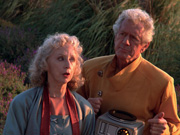 |
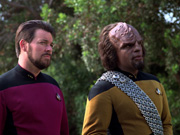 |
 |
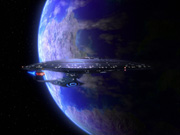 |
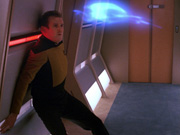 |
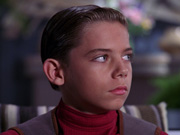 |
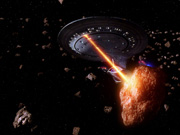 |
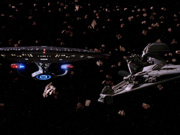 |
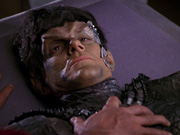 |
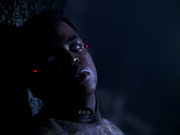 |
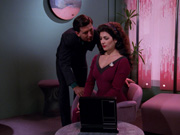 |
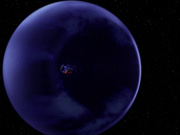 |
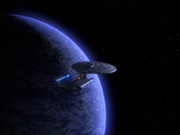 |
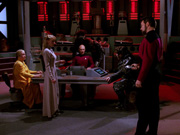 |
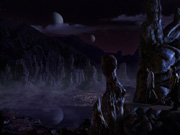 |
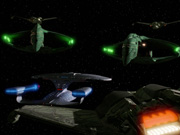 |
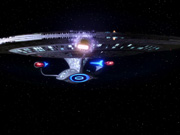 |
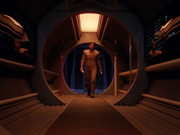 |
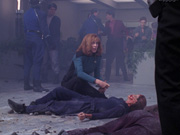 |
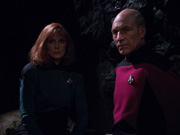 |
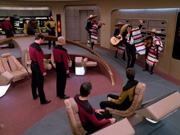 |
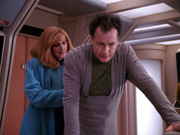 |
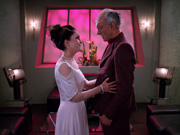 |
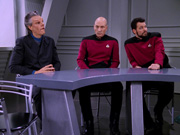 |
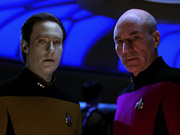 |
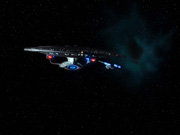 |
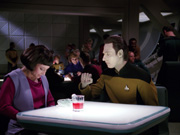 |
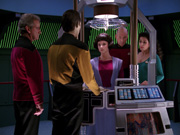 |
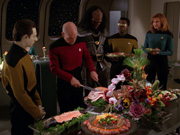 |
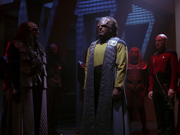 |
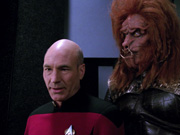 |
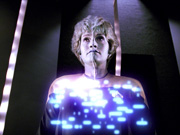 |
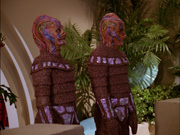 |
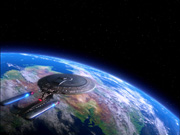 |
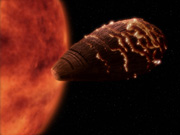 |
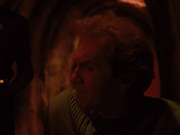 |
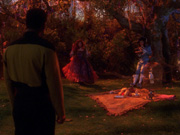 |
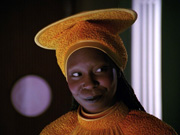 |
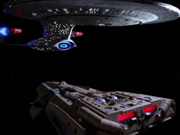 |
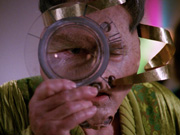 |
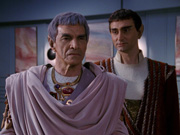 |
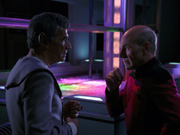 |
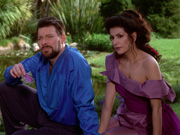 |
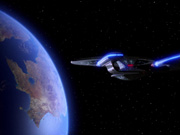 |
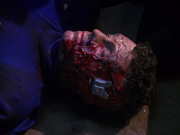 |
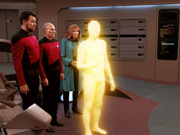 |
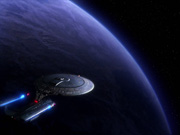 |
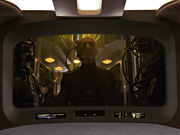 |
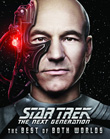 | Order TNG - "The Best of Both Worlds" Feature Blu-Ray today! | 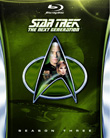 | Order Star Trek: The Next Generation Season 3 Blu-Ray today! |
|---|
